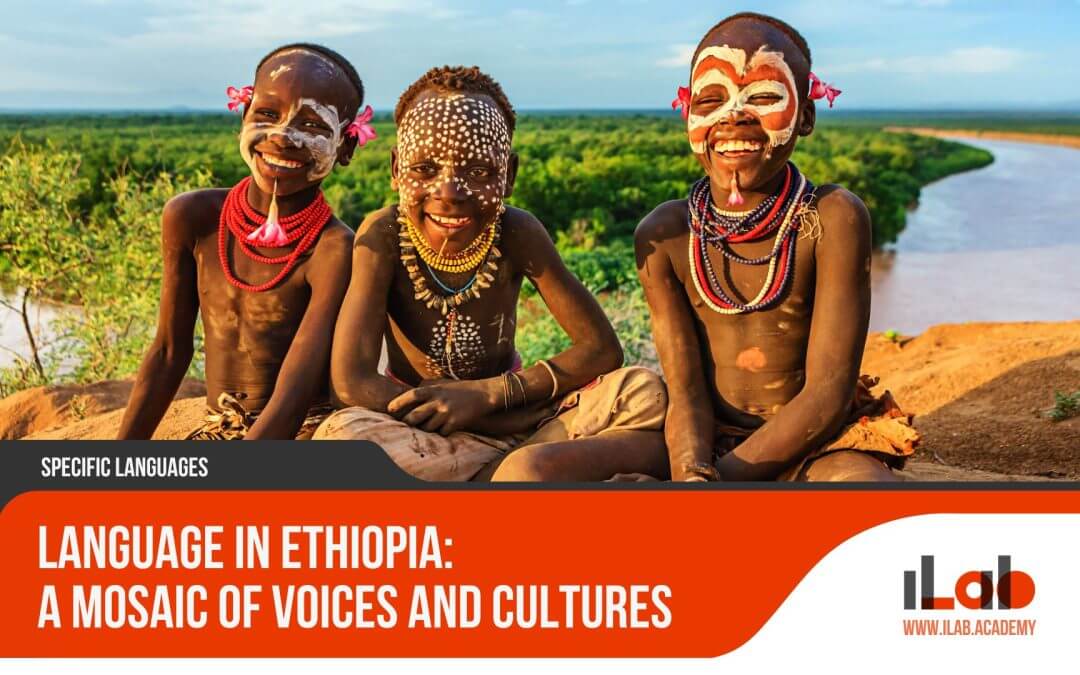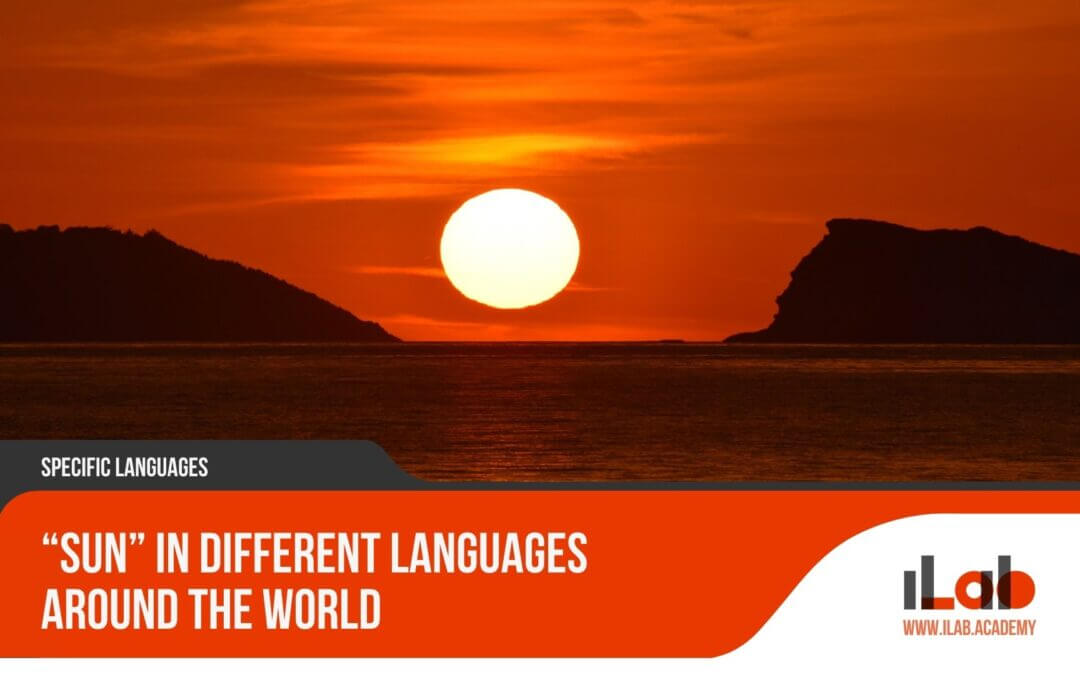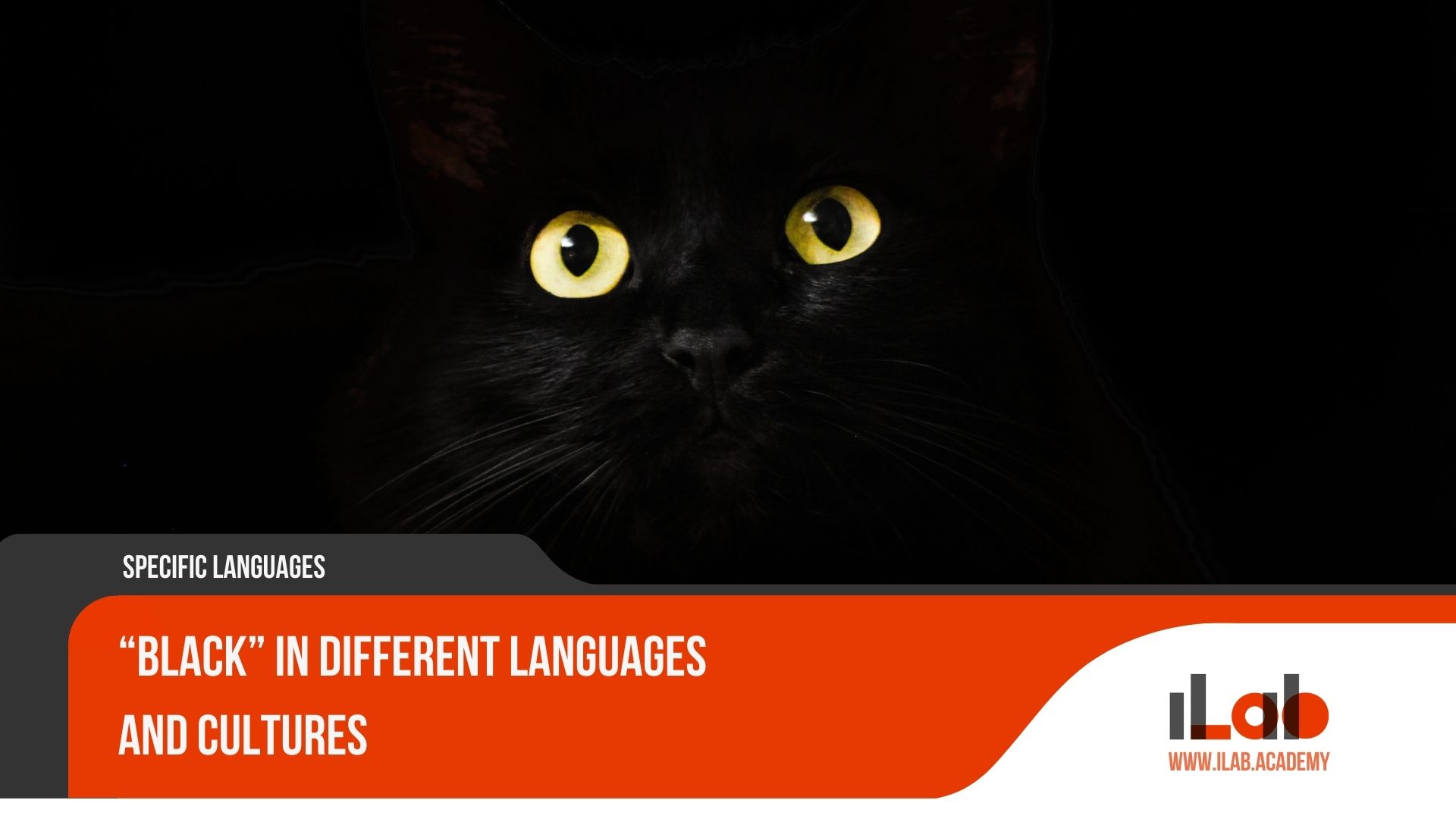Table of contents
The Garifuna language, with its harmonious blend of African, Caribbean, and Arawakan elements, serves as a cornerstone for the Garifuna people, underpinning the very essence of their cultural identity. It transcends mere communication, encapsulating the resilience and history of a community that has navigated the tumultuous waves of diaspora and displacement. As this discussion unfolds, we shall examine the myriad ways in which this language acts not only as a vessel for day-to-day interaction but also as a repository for collective memory and ancestral wisdom. With the specter of globalization and linguistic homogenization looming, the preservation efforts and strategies employed by the Garifuna to maintain the vibrancy of their language beckon further contemplation. The ensuing conversation will attempt to chart the course of these endeavors, reflecting upon the implications for cultural preservation in an increasingly interconnected world, and the role that linguistic diversity plays in the grand tapestry of human heritage.
Key Takeaways
- The Garifuna language is an integral part of the cultural identity of the Garifuna people, combining African, Caribbean, and indigenous Arawak elements.
- The historical roots of the Garifuna people trace back to their origins on the Caribbean island of St. Vincent and their migration to Central America, which led to the development of the Garifuna language.
- The Garifuna language has distinct linguistic features, including phonology, syntax, vocabulary, and other unique characteristics that reflect its Arawakan language family roots.
- The Garifuna language plays a crucial role in maintaining cultural traditions, storytelling, music, dance, religious practices, and the transmission of oral histories and ancestral knowledge.
Historical Roots of Garifuna
The Garifuna people trace their origins back to the Caribbean island of St. Vincent, where a rich tapestry of African, Arawak, and Carib heritage gave rise to the distinctive Garifuna language. This cultural blend began in the 17th century when West African slaves either shipwrecked or escaped to St. Vincent, intermingling with the local Arawak and Carib populations. Over time, this integration forged a unique ethnic group known as the Garifuna, with a language reflecting its diverse roots.
The Garifuna language, primarily derived from the Arawakan language family, integrated elements from various African dialects as the community developed. The Carib influence, though less pronounced, contributed to the complexity of the language. This linguistic evolution was accompanied by the Garifuna’s resistance to European colonial powers, particularly the British and French, who sought control over St. Vincent.
In the late 18th century, conflict with the British led to the forcible deportation of the Garifuna to the island of Roatán, off the coast of Honduras. From there, they spread along the Caribbean coasts of Nicaragua, Honduras, Guatemala, and Belize. Despite these upheavals, the Garifuna language survived, becoming a cornerstone of their identity and a means of preserving their distinctive cultural heritage.
Today, the language’s historical roots are a testament to the resilience and adaptability of the Garifuna people. As they continue to navigate the challenges of the 21st century, the Garifuna language stands as a symbol of their enduring spirit and rich cultural mosaic.
Linguistic Features of Garifuna
Garifuna, a member of the Arawakan language family, exhibits a rich tapestry of linguistic features that reflect its multifaceted heritage and historical journey. The phonology of Garifuna is notable for its nasal vowels and distinct consonant sounds, which are not found in Spanish or English, the languages of the regions where Garifuna is spoken. Its syntax follows a subject-object-verb (SOV) order, which is common among Native American languages but differs from the subject-verb-object (SVO) pattern seen in English and Spanish.
The vocabulary of Garifuna includes elements from Arawak, Carib, and African languages, encapsulating its roots and the cultural amalgamation that occurred when African slaves intermingled with the indigenous people of St. Vincent. Phrases like “Buiti binafi” (Good morning) and “Seremein” (Thank you) reflect the language’s unique sound and structure. Pronouns in Garifuna also show a level of complexity, with different forms based on inclusivity and exclusivity in the first person plural, a feature that conveys subtleties in social relationships and group identity.
Furthermore, Garifuna verb conjugations convey tense, aspect, and mood through affixes and auxiliary verbs, providing a nuanced expression of time and attitude in communication. The language also possesses serial verb constructions, allowing for the depiction of actions occurring in sequence without the need for conjunctions.
These linguistic features of Garifuna not only serve as communication tools but also embody the historical resilience and cultural continuity of the Garifuna people. They stand as a testament to the language’s adaptability and enduring relevance in the face of external influences and shifting socio-linguistic landscapes.
Cultural Significance
Beyond its linguistic intricacies, the Garifuna language plays a pivotal role in the perpetuation of rich cultural traditions, from the vibrancy of its music and dance to the solemnity of its religious rites. The language is not just a means of communication but a vessel carrying the legacy of the Garifuna people. It is imbued with the collective memory and identity of a community that has withstood the test of time and geographical upheavals.
The Garifuna language is central to various cultural expressions and practices. During the Dugu, a spiritual ceremony, it facilitates communication with the ancestors, while in storytelling, it conveys the wisdom and experiences of past generations. The language is a critical element in the teaching and learning of traditional dances and songs, which are integral aspects of Garifuna festivities.
To paint a clearer picture of the Garifuna language’s cultural significance, consider the following table:
| Aspect | Description | Significance |
|---|---|---|
| Music and Dance | Incorporate ancestral rhythms and narratives | Promote unity and historical continuity |
| Religious Rites | Used in sacred ceremonies like the Dugu | Bridge the spiritual and the temporal |
| Storytelling | Oral transmission of myths and legends | Preserve the moral and ethical frameworks |
| Ancestral Wisdom | Conveyed through proverbs and sayings | Guide daily life and interpersonal relations |
These cultural components are not just pastimes but serve as pillars supporting the collective Garifuna identity. Language is the thread that weaves these elements together into the vibrant tapestry that is Garifuna culture. It is an irreplaceable conduit for values, beliefs, and history, demanding preservation and respect as both a linguistic and cultural treasure.
The Garifuna Language Today
Despite the pressures of globalization, the Garifuna language remains a living testament to cultural resilience, actively spoken in several Central American communities. The language’s vibrancy is evident in the daily lives of the Garifuna people, where it serves not just as a means of communication but also as a symbol of ethnic identity and unity. As of today, the Garifuna language is spoken across various nations, each with its own unique context and challenges.
Here are key facts about the current state of the Garifuna language:
- It is spoken by the Garifuna people primarily in Belize, Guatemala, Honduras, and Nicaragua.
- In Belize, the language has a strong presence and is an integral part of the Garifuna community’s daily life.
- In Honduras, which houses the largest Garifuna population, the language is used extensively in the coastal regions.
- Efforts to teach and preserve the language are ongoing, with educational programs in place within Garifuna communities.
The language’s use in everyday communication among the Garifuna is a reflection of its resilience. It continues to be passed down from generation to generation, often in the home and community settings. This intergenerational transmission is critical for the language’s survival.
Educational initiatives aim to bolster the language’s prominence. In some regions, schools have incorporated the Garifuna language into their curriculum to ensure that young Garifuna can both speak and write in their ancestral tongue.
The Garifuna language today is more than a mere relic; it is a living, breathing aspect of cultural heritage that the Garifuna people actively strive to maintain and protect.
Challenges to Language Preservation
Facing an array of challenges, the preservation of the Garifuna language is a complex endeavor, hindered by both external cultural forces and evolving dynamics within the community itself. As globalization advances, the allure of dominant languages such as English and Spanish exerts a strong pull, often relegating the Garifuna language to a secondary position in both public and private spheres. The influence of these major languages can lead to a decrease in the day-to-day use of Garifuna, particularly among the younger generation, who may find greater socioeconomic opportunities through bilingualism or even language shift.
Internally, the Garifuna community grapples with changes that threaten the intergenerational transmission of their language. As elders pass away, there is a risk of losing not only fluent speakers but also the cultural knowledge and traditions they embody. Moreover, migration patterns, including the movement to urban areas or abroad, can disrupt the cohesive use of the language and dilute its presence within the community.
Efforts to revitalize the Garifuna language face obstacles such as limited resources for educational programs that can properly nurture fluency from a young age. Cultural festivals and media initiatives are vital for promoting the language but require sustained support and engagement to be effective. Despite these challenges, the commitment to preserving the Garifuna language remains strong among those who see it as an irreplaceable anchor of their cultural identity. They recognize that proactive measures are essential to ensure that the voice of the Garifuna culture does not diminish but continues to resonate with future generations.
The Garifuna in the Diaspora
The migration of the Garifuna people beyond the shores of Central America has given rise to a vibrant diaspora in the United States and other nations, where efforts to preserve their rich linguistic heritage persist. Despite the geographical separation from their ancestral homes, the Garifuna diaspora is characterized by a strong commitment to maintaining their language and culture, which serves as a cornerstone for their identity.
Within this diaspora, language preservation is not merely a matter of cultural pride but a necessity for maintaining a sense of community and continuity with their heritage. Various initiatives have been established to keep the Garifuna language alive:
- Cultural Organizations: These are instrumental in providing language classes and cultural education to both young and old members of the diaspora.
- Community Events: Festivals, gatherings, and ceremonies provide opportunities to practice the language in a social context and pass on traditions.
- Media Outlets: Radio programs, podcasts, and publications in Garifuna help to reach a wider audience and normalize the use of the language in everyday life.
- Educational Resources: The development of learning materials, such as textbooks and online courses, supports language acquisition and proficiency.
These efforts reflect the resilience of the Garifuna people and their determination to sustain their linguistic heritage. As the diaspora grapples with the challenges of assimilation and language erosion, the role of education and community support becomes paramount. By fostering environments where the Garifuna language can thrive, the diaspora ensures that future generations remain connected to their ancestral roots, preserving the voice of a culture that has endured through centuries of change and migration.
UNESCO and International Recognition
Building on the grassroots efforts of the Garifuna diaspora to preserve their language, UNESCO’s recognition marks a significant milestone in the international advocacy for the protection of this cultural treasure. The United Nations Educational, Scientific and Cultural Organization (UNESCO) plays a pivotal role in safeguarding the world’s intangible cultural heritage, and its acknowledgement of the Garifuna language underscores the urgency and importance of conserving this vital aspect of human diversity.
The Garifuna language, an amalgamation of African, Caribbean, and indigenous Arawak elements, represents not just a means of communication but also a repository of the Garifuna people’s history, traditions, and worldview. UNESCO’s recognition serves as an international validation that elevates the status of the language and ignites cultural pride among its speakers. This acknowledgment has provided a platform for increased awareness and has propelled efforts for its preservation.
The distinction conferred by UNESCO has encouraged initiatives aimed at reviving and promoting the Garifuna language, which include educational programs, cultural festivals, and the production of media in the language. These efforts are imperative in battling the encroaching forces of globalization and assimilation that threaten the language’s existence.
Moreover, UNESCO’s recognition has had a ripple effect, inspiring other indigenous communities to seek similar recognition for their languages and cultural practices. It has demonstrated the power of global advocacy in preserving linguistic diversity and has reinforced the idea that languages like Garifuna are not merely relics of the past but living, breathing embodiments of human ingenuity and resilience. Through this international lens, the Garifuna language continues to gain support and attention, contributing to the sustainability of its unique cultural landscape for future generations.
Future Outlook
Amidst the challenges of globalization and the potential for language shift, the future of the Garifuna language hinges on effective intergenerational transmission and the innovative use of technology for linguistic preservation. The Garifuna community, along with linguists and cultural advocates, are increasingly aware of the need to adopt measures that safeguard the language for future generations.
To engage and inform the audience about the efforts and strategies in place to ensure the vitality of the Garifuna language, consider the following aspects:
- Community Engagement: Grassroots initiatives that involve the Garifuna community in language revitalization efforts are crucial. These include local educational programs, cultural workshops, and the celebration of Garifuna heritage through music and dance.
- Educational Resources: Development and distribution of educational materials in the Garifuna language, such as textbooks, digital content, and language courses, are essential for both in-person and online learning environments.
- Technology Integration: Utilizing digital platforms and social media to create Garifuna language content can broaden the reach and appeal to younger, tech-savvy generations.
- Policy Support: Advocacy for governmental and institutional policies that recognize and promote the Garifuna language is necessary to secure the resources and formal recognition needed for its preservation.
The future outlook for the Garifuna language is not predetermined. With concerted efforts, the language can continue to be a vibrant and essential component of Garifuna identity. Initiatives that connect the language to its speakers’ daily lives and leverage modern technology will play a pivotal role in maintaining the Garifuna language as a living, thriving means of communication and cultural expression.
Frequently Asked Questions
How Has the Garifuna Language Influenced or Been Influenced by Other Languages in Regions Where Garifuna Communities Exist?
The Garifuna language exhibits a dynamic interplay with other regional languages, having evolved through historical interactions with African, Arawak, and Carib tongues. As Garifuna communities dispersed across Central America, Spanish and English influences became more pronounced. Today, the language continues to adapt within its multilingual environments, yet efforts to maintain its distinct linguistic identity highlight its resilience in the face of external cultural pressures.
Are There Any Notable Literary Works or Publications That Have Been Produced in the Garifuna Language?
Yes, there are notable literary works in the Garifuna language, including “Garifuna Laguchabei: Garifuna Proverbs” by Fabian Cayetano, which captures the wisdom of the Garifuna culture. Additionally, Roy Cayetano’s “Garifuna History, Language & Culture of Belize, Central America & the Caribbean” is a significant publication that explores various aspects of Garifuna heritage, including its linguistic dimensions. These works contribute to the preservation and celebration of Garifuna literary expression.
How Do Garifuna-Speaking Communities Use Technology and Social Media to Promote and Preserve Their Language?
Garifuna-speaking communities leverage technology and social media platforms to promote and preserve their language. They utilize websites, online courses, and social networks to provide educational resources, facilitate communication among speakers, and share cultural content. These tools have become essential for raising awareness and ensuring the transmission of the Garifuna language to younger generations and the wider global community, thereby aiding in its ongoing revitalization efforts.
What Role Does the Garifuna Language Play in the Personal Identity and Daily Life of a Garifuna Individual Living Outside the Traditional Garifuna Regions?
The Garifuna language significantly influences the personal identity of Garifuna individuals abroad, serving as a cultural anchor that connects them to their heritage. Daily life incorporates traditional practices through language use in familial and community interactions. Despite geographical distance from original Garifuna regions, the language fosters a sense of belonging and continuity, enabling the diaspora to preserve and share their rich cultural identity with successive generations.
Has the Garifuna Language Developed Any Regional Dialects or Variations as a Result of the Dispersion of Its Speakers, and if So, What Are the Characteristics of These Variations?
The dispersion of Garifuna speakers has indeed given rise to regional dialects, each with distinct linguistic traits. These variations manifest in differences in accent, vocabulary, and usage, influenced by geographical separation and interaction with other languages. While the core structure remains consistent, these dialects reflect the adaptability of the Garifuna language and its resilience amidst cultural and linguistic exchange in diverse environments where the Garifuna community has settled.
Conclusion
In conclusion, the Garifuna language, a distinctive linguistic heritage, stands as a vital expression of cultural identity for its speakers. Despite the challenges it faces, including dwindling numbers of fluent speakers and cultural assimilation, efforts toward its preservation and revitalization continue. International recognition by UNESCO underscores the global significance of this cultural asset. The ongoing commitment to safeguarding the Garifuna language is essential for maintaining the cultural diversity of humanity.














